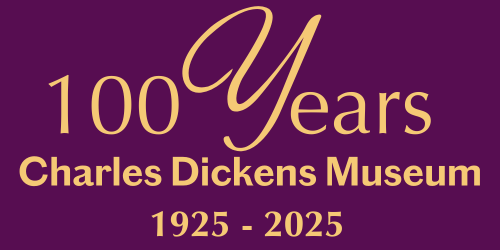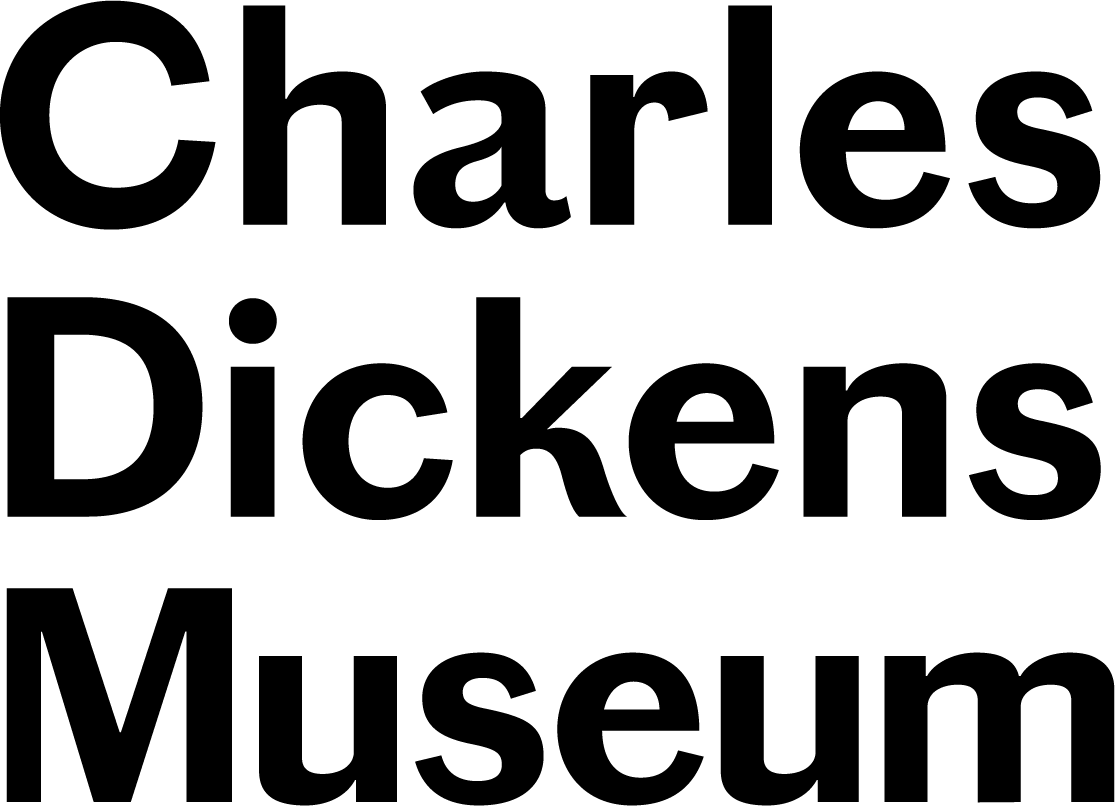Charles Dickens and America - Part II
2017 marks 150 years since Charles Dickens embarked on his second and final voyage to America. In honour of this special occasion we are publishing a four part blog series written by Professor Michael Slater, charting the author’s two trips to the United States and Canada as well as mapping his changing views of North America and its people.
PART 2: ‘Not the republic of my imagination’
After the heady excitement of the Boz Ball at the Park Theatre, Dickens spent the rest of February 1842 exploring New York. He was horrified by certain aspects and institutions of the city such as the savage squalor of the slum area called the Five Points and the menacing Tombs Prison. He was equally disturbed by the solitary confinement prison in Philadelphia and distinctly unimpressed by what he saw of the United States government in action in Washington where ‘Dishonest Faction’ seemed to stare from every corner of the House of Representatives assembly hall. The U.S.A. was not, he lamented in a letter to William MacCready, ‘the Republic I came to see’, nor ‘the Republic of my imagination’.
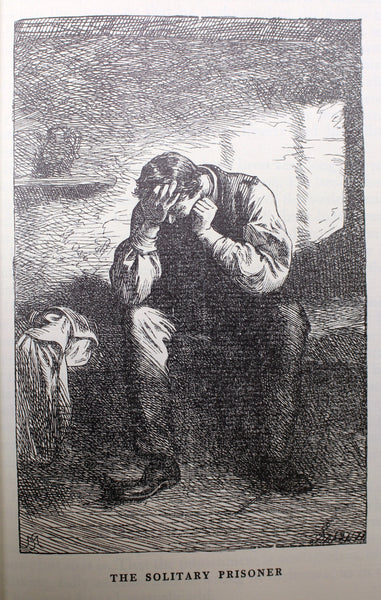
Dickens would go onto write about the plight of prisoners in 'American Notes.' This illustration ‘The Solitary Prisoner’ by Marcus Stone and engraved by E. Dalziel was published in the 1874 Illustrated Library Edition of the book. ([lib]1065, Charles Dickens Museum collection)
Brought face to face with slavery in all its brutal reality in Richmond, Virginia, Dickens found the situation so horrible that he cut short plans to go as far south as Charleston and decided instead that he and Catherine should travel some 2,000 miles west to St Louis, to which city he had been invited as guest of honour at a public banquet.
Part of the journey to St Louis involved travelling on a steamboat on the Mississippi (‘that hideous river’ as he called it) but he continued to look in vain for that ‘sublimity’ of natural scenery which he had so eagerly anticipated finding in America. Nor did he find this in the vaunted vistas of the famed Looking Glass Prairie which he visited from St. Louis and thought less impressive than Salisbury Plain. He did not discover the sublimity he was seeking, in fact, until he and Catherine reached Niagara Falls the grandeur of which he found quite overwhelming (unlike Catherine’s phlegmatic English maid who was also of the travelling party; it was, she said, ‘only water and too much of that’).
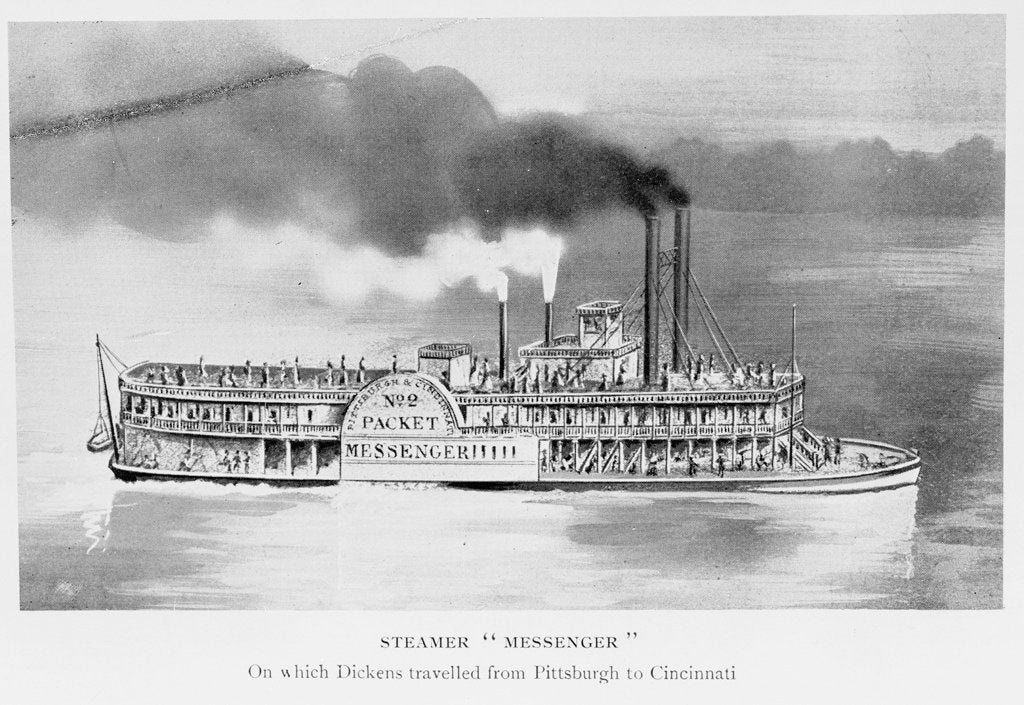
Illustration of the steamer ‘Messenger’ on which Dickens sailed from Pittsburgh to Cincinnati. From W.G. Wilkins ‘Charles Dickens in America', 1911. ([lib]2968, Charles Dickens Museum collection)
From Niagara Dickens and Catherine made a brief excursion into Canada visiting Toronto, Kingston, Montreal and Quebec. In Montreal Dickens was delighted to discover the existence of an amateur dramatic company organised by the British garrison there. He organised, directed and acted in a highly successful two-night production of a programme of farces and was presented by the officers with a silver cup to commemorate the occasion.

This engraved cup was presented to Dickens by the officers of the British Garrison in Montreal in May 1842 in gratitude for his zeal in organising two highly successful evenings of farces performed by the Garrison Amateurs. (DH204, Charles Dickens Museum Collection)
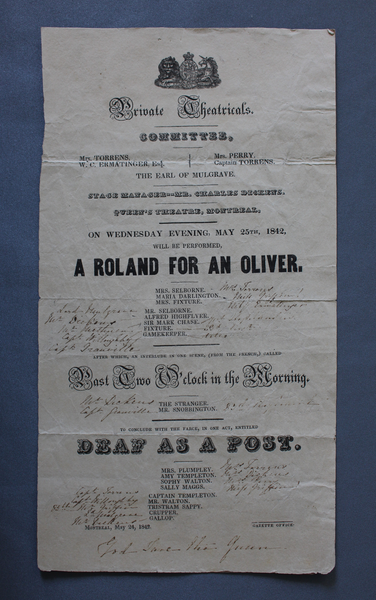
This annotated playbill for the Queen’s Theatre Montreal 24 May 1842 features Dickens as the stage manager and his wife as one of the actresses alongside Officers of the Coldstream Guards in theatricals for the benefit of charity. The programme consisted of 'A Roland for an Oliver', an interlude called 'Past Two O'Clock in the Morning' and a farce called 'Deaf as a Post' (in which Catherine Dickens played). (DH766, Charles Dickens Museum Collection)
Museum Blog
This blog takes you behind the scenes at the Charles Dickens Museum, giving fresh insight on everything from discoveries new and old in our collection, to exhibitions, events and learning initiatives.
You’ll be hearing from a variety of Museum staff and volunteers, as well as guest curators, academics, artists and Dickens enthusiasts. Why not join the debate and let us know you thoughts on the latest blog by using our hashtag #CDMBlog
